Mochi: The Quintessential Delight of Japanese Cuisine
Mochi, or rice cakes, are a beloved treat in Japan that has been enjoyed for centuries.
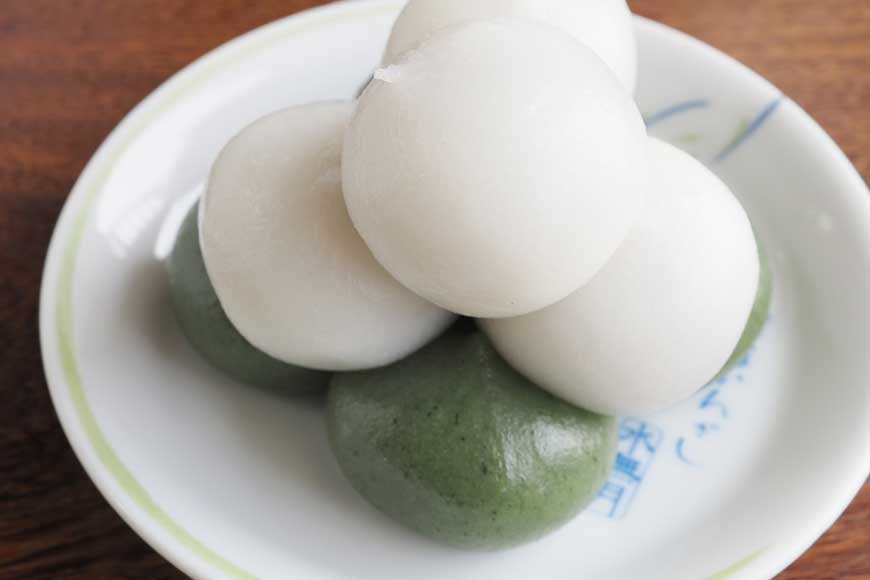
Japanese cuisine has something that is soft, squishy, and utterly irresistible – the beloved mochi.
Soft and chewy rice cakes hold a special place in Japanese culture and culinary traditions. With their unique texture, delightful flavors, and colorful variations, mochi has captivated taste buds around the world. Let's embark on a journey into the enchanting world of mochi, exploring its origins, preparation, and its significance in Japanese celebrations.
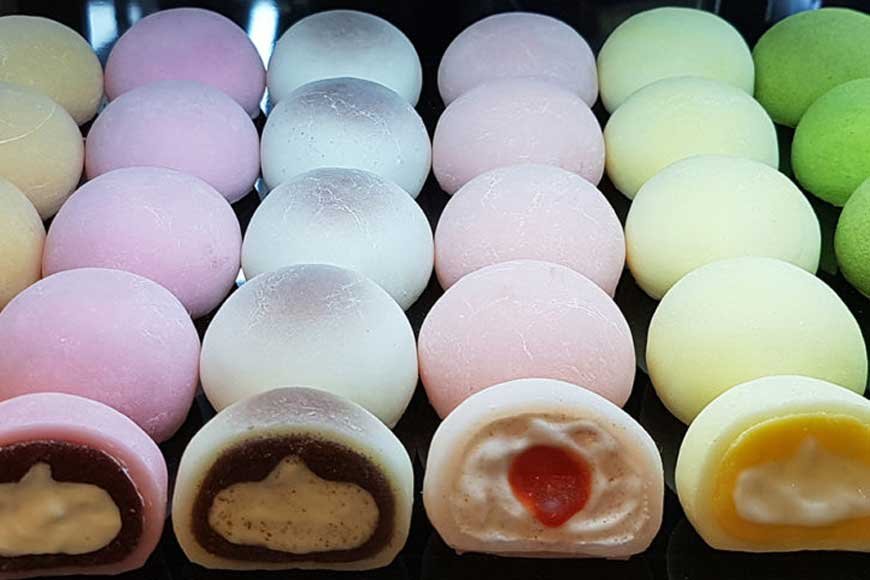 Mochi dessert by Bekago15
Mochi dessert by Bekago15
Mochi, derived from the Japanese word "motsu" meaning "to knead," is made from glutinous rice, also known as sweet rice or mochigome. This short-grain rice contains a higher starch content, giving mochi its characteristic chewy texture. The process of making mochi begins with steaming the rice and then pounding it in a traditional wooden mortar called an "usu" with a wooden mallet called a "kine."
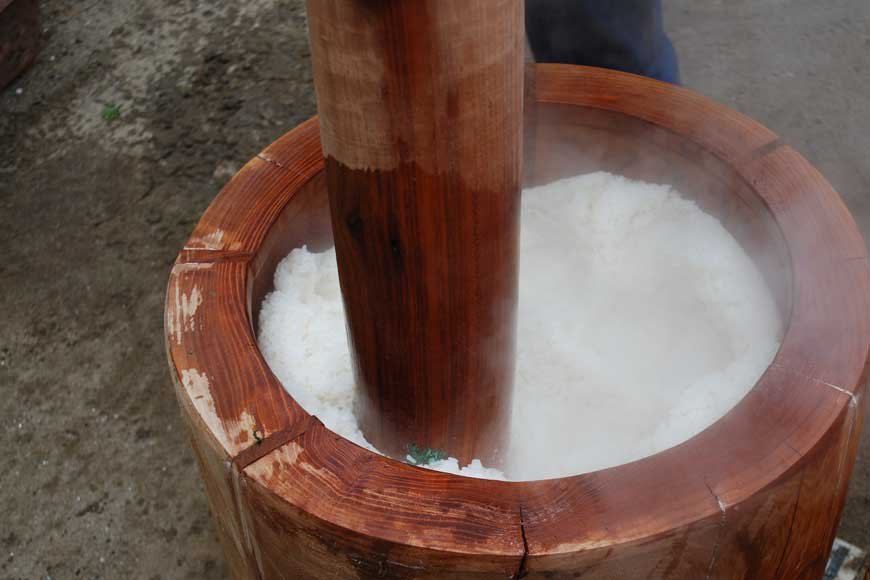 Rice-cake making with traditional "usu" and "kine" by Katorisi.
Rice-cake making with traditional "usu" and "kine" by Katorisi.
The art of mochi-making is deeply rooted in Japanese culture and has been practiced for centuries. Originally, mochi was prepared as an offering to the gods during religious ceremonies and festivals. Over time, it became a beloved treat enjoyed by people of all ages, particularly during special occasions such as New Year celebrations.
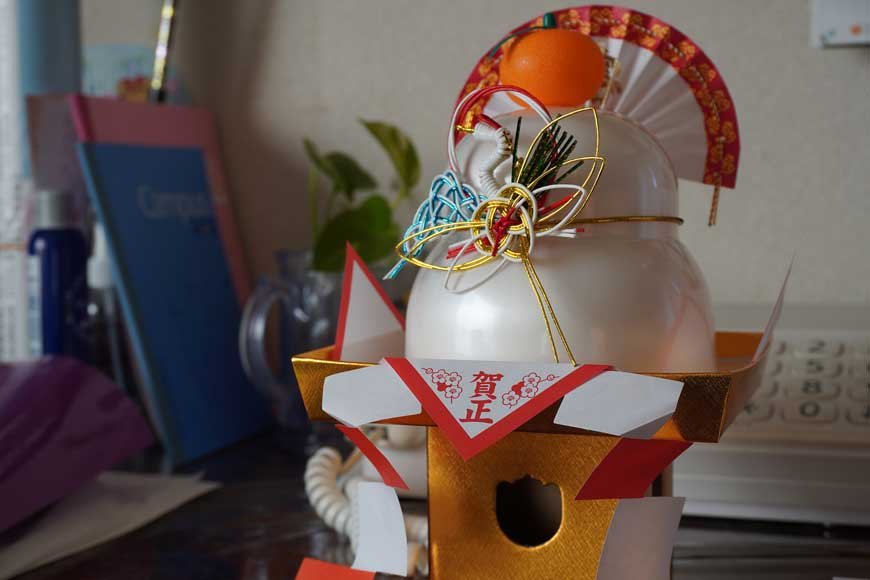 "Kagami mochi" (鏡餅) on display.
"Kagami mochi" (鏡餅) on display.
One of the most iconic mochi traditions is the "mochitsuki" ceremony, where communities come together to pound mochi as a festive event. This communal activity symbolizes unity, harmony, and the renewal of spirits for the coming year. Participants take turns pounding the rice, while others sprinkle water and diligently turn the mass to ensure an even consistency. The rhythmic sound of the mallets striking the rice resonates with a sense of tradition and anticipation.
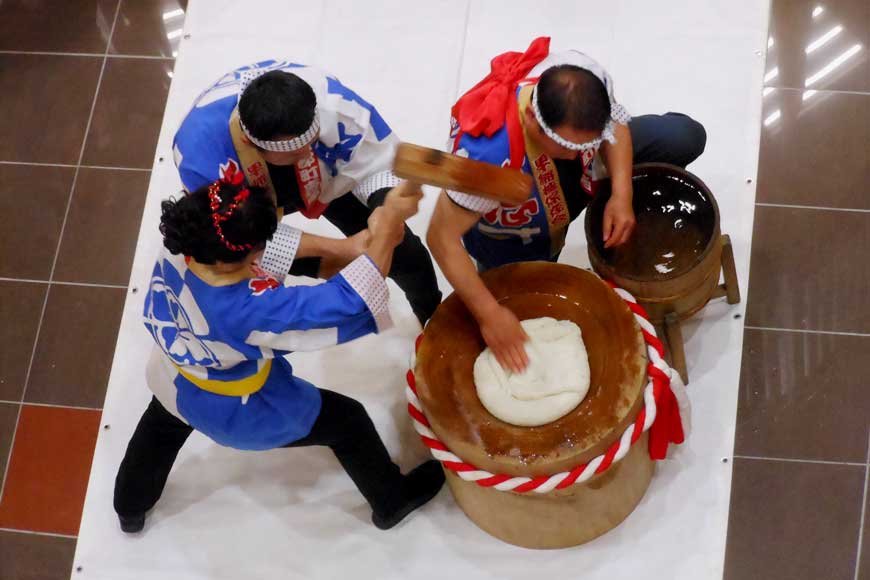 Hayamochitsuki or high speed pounding "mochitsuki" (餅搗き) to make rice cake by Miyuki Meinaka.
Hayamochitsuki or high speed pounding "mochitsuki" (餅搗き) to make rice cake by Miyuki Meinaka.
Mochi comes in various shapes, sizes, and flavors, making it a versatile and delightful treat. The most common form is round or square-shaped mochi, often enjoyed plain or filled with sweet fillings such as red bean paste (anko) or sweetened chestnuts (kuri). Other popular variations include fruit-flavored mochi, matcha (green tea) flavored mochi, and even savory versions filled with ingredients like grilled eel or pickled plum.
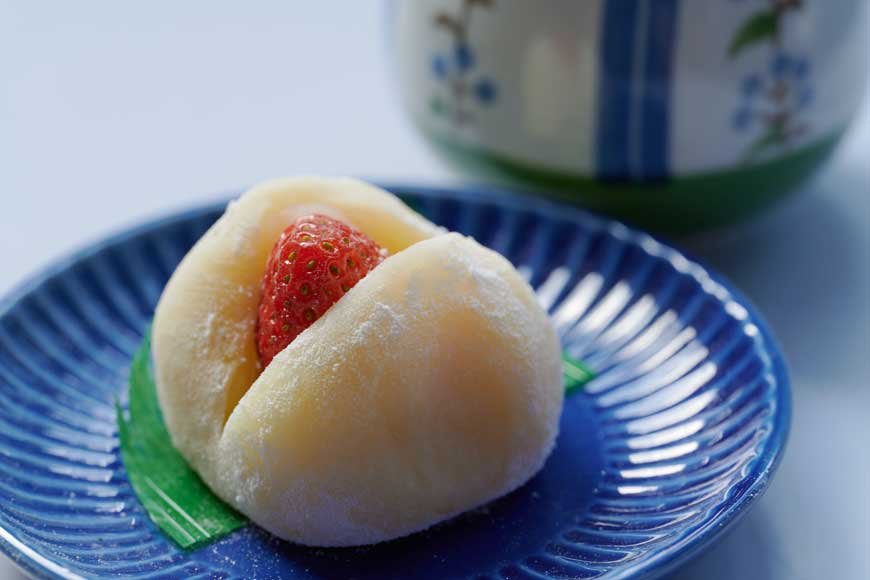 Strawberry filled mochi.
Strawberry filled mochi.
One beloved way to enjoy mochi is in a traditional Japanese confection known as "wagashi" (和菓子). These elegant and intricately designed sweets are often served with tea during tea ceremonies or as a delicate accompaniment to seasonal celebrations. The skillful craftsmanship of wagashi reflects not only the artistry but also the appreciation of nature and the changing seasons in Japanese culture.
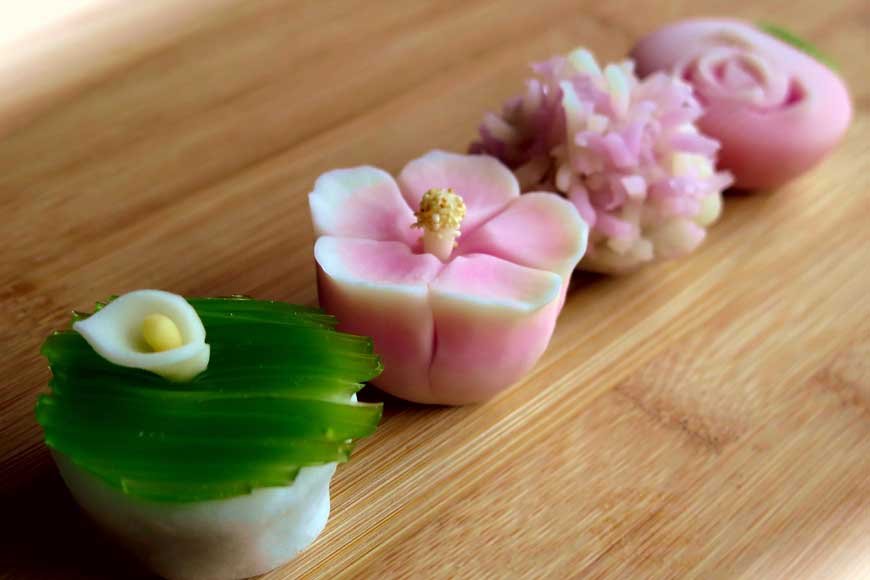 Meticulously made "wagashi" (和菓子) - asian skunk cabbage, rose of Sharon, hydrangea, and rose.
Meticulously made "wagashi" (和菓子) - asian skunk cabbage, rose of Sharon, hydrangea, and rose.
Mochi's popularity extends beyond Japan's borders, as it has gained international acclaim for its unique texture and flavors. In recent years, mochi ice cream has become a trendy dessert, where bite-sized mochi envelops a variety of ice cream flavors, offering a delightful fusion of textures and tastes.
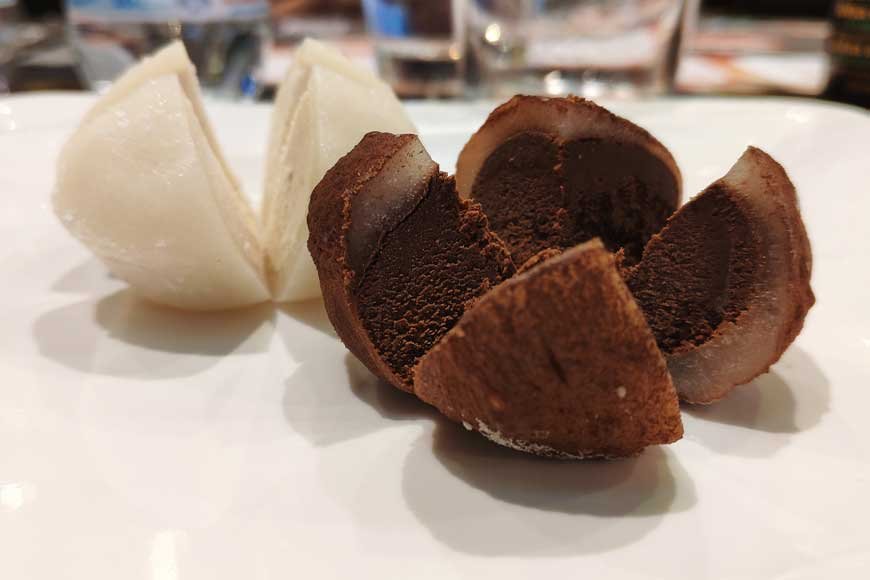 Vanilla and chocolate filled mochi by Mannivu.
Vanilla and chocolate filled mochi by Mannivu.
It's worth noting that consuming mochi requires a bit of caution. Due to its sticky texture, there have been instances of choking accidents, especially among young children and the elderly. To ensure safe enjoyment, it is advisable to cut mochi into smaller, bite-sized pieces and chew it thoroughly.
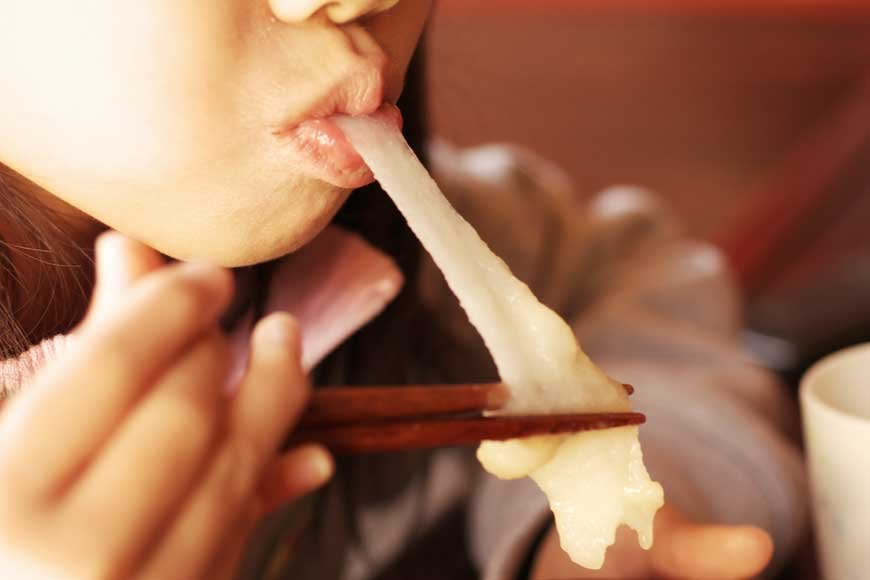 Eating "mochi" (餅) by atmo1966.
Eating "mochi" (餅) by atmo1966.
Whether enjoyed during festive occasions or as an everyday indulgence, mochi represents the essence of Japanese culinary craftsmanship and cultural heritage. Its soft, chewy texture and delightful flavors continue to enchant taste buds, while its significance in traditional ceremonies and celebrations brings people together in a spirit of unity and joy.
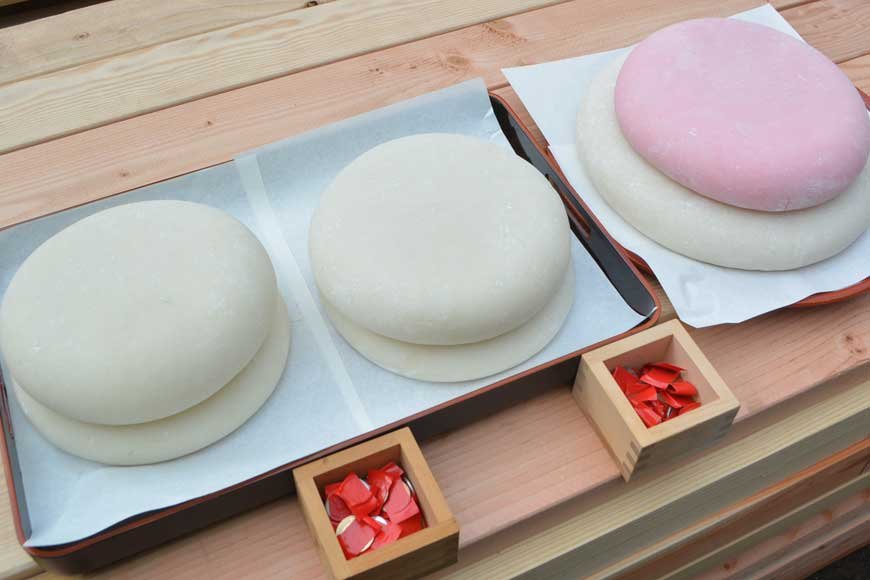 Mochi used for ceremonies by Katorisi.
Mochi used for ceremonies by Katorisi.
So, the next time you savor a piece of mochi, take a moment to appreciate the centuries-old tradition, the rhythmic pounding of the rice, and the joyous celebrations it embodies.
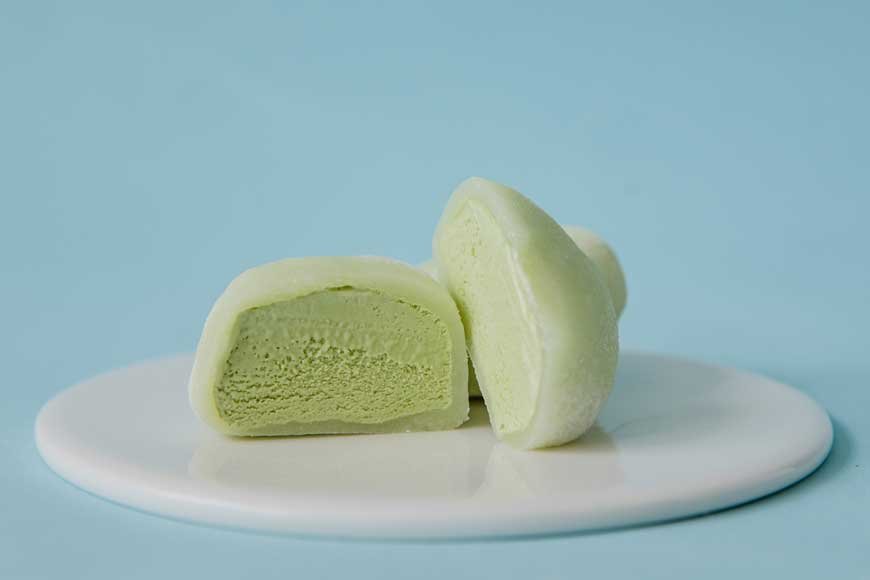 "Mochi" (餅) filled with matcha flavored ice cream.
"Mochi" (餅) filled with matcha flavored ice cream.
Find Cheap Flight Tickets to any Destinations in Japan and the Philippines
Nipino.com is committed to providing you with accurate and genuine content. Let us know your opinion by clicking HERE.































































